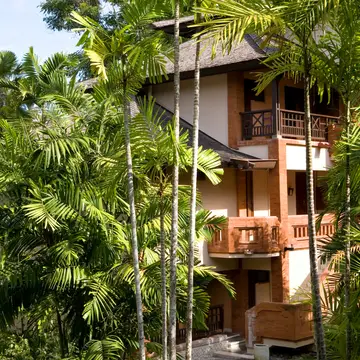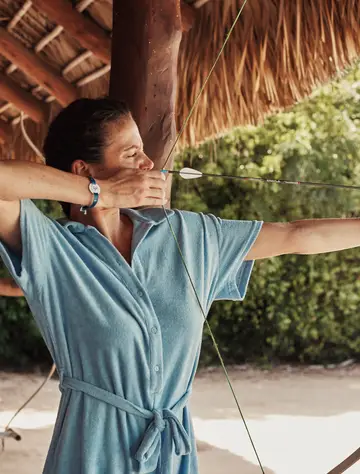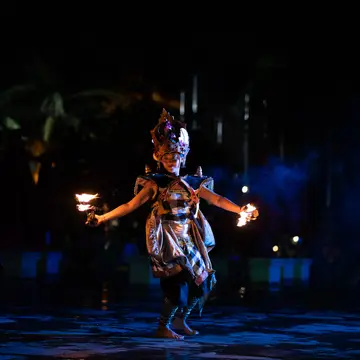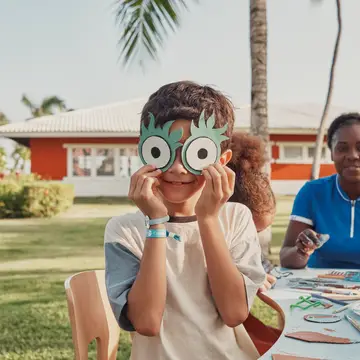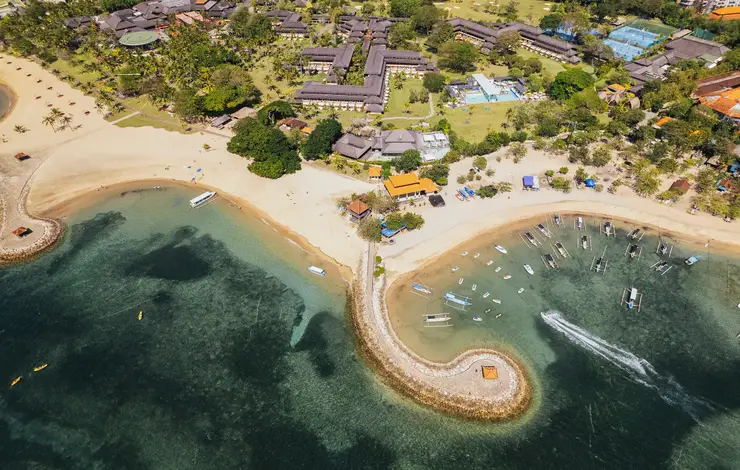
Bali Indonesia
4.6/5 9521 reviews
9521 reviews
Book your holiday | Insert details below
Embark on a journey to connect to the soul of Bali
Club Med Bali invites you to a harmonious destination for the whole family, where you can relax in our wellness spa and enjoy the best beaches Bali has to offer. Dive into outdoor adventures, get Zen with a yoga practice on the beach and take in the natural beauty of Bali. Rejuvenate your body, savour authentic Indonesian flavours, appreciate perfect family moments and connect to the soul of Bali through vivid experiences at Club Med.
The best reasons to go



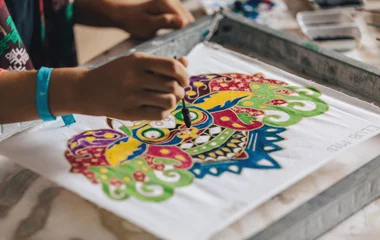
Nusa Dua's beach haven
You are here
Set on the longest beachfront in the heart of iconic Nusa Dua, Club Med Bali boasts spectacular views of the Indian Ocean
The perfect room for your stay
Immersed in lush nature, the ornate beauty of traditional Balinese architecture and craftmanship bring to life this exceptional destination right to the last details of the rooms.
Practical Information
Recommended Products
See all resortsSustainability is part of the journey
Green Globe Platinum

Green Farmers
Committed to sustainable agriculture, we have been supporting farmer groups in Bali such as Bukit Mesari and Buana Sari since 2014. In 2024, our partnerships are expanding with AgriSud to increase local sourcing and offer our guests healthy, fresh products grown through agroecology.
Frequently Asked Questions
Find out more about Club Med
OffersAll-inclusiveKids holiday dealsOur resortsSnow vacationBlogBook now, pay laterSportsThe European AlpsMini Club Med +NewsletterOur cruisesGreat membersReferral programSustainable tourismMeetings & EventsEasy arrivalFly and stay packagesGourmet foodSki holiday in HokkaidoSummer mountainsSustainable Travel TipsClub Med first snow reportTennis Academy in Kabira IshigakiTeens ProgramUpcoming Resort: South Africa



